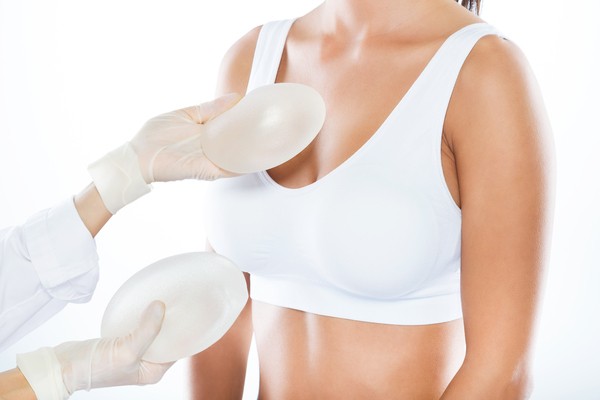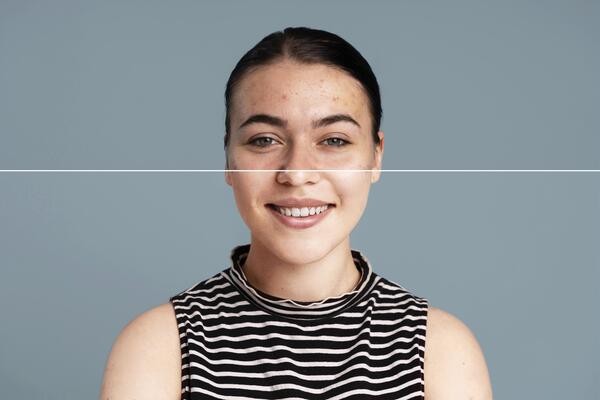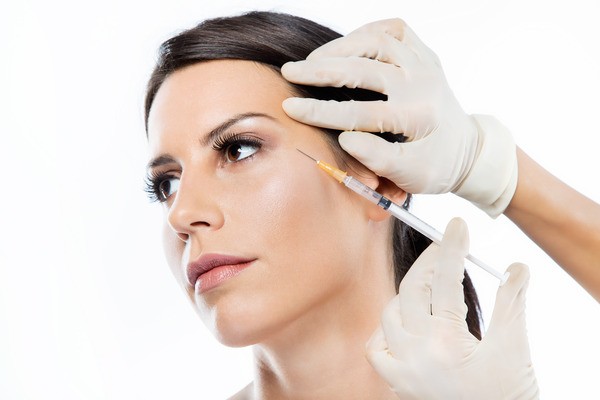
How to Avoid Hair Damage from Blow Drying
Blowing hair dry is an integral part of the hairstyling process—and very often, it's also a significant cause of damage. Getting rid of excess moisture and adding body to fine, flat strands requires heat and friction. And if you're not taking precautions, those forces can leave your locks compromised and frizzy.
How Does Blow Drying Damage Your Hair?
No matter what your hair type, blow-drying requires the use of heat. Too much direct exposure to high temperatures can make hair dry, brittle, frizzy, and extra sensitive. This is especially important to consider if you have color-treated or processed hair, as applying heat can accelerate fading.
You also need to be careful about the speed of your drying process and how often you do it—more isn't necessarily better! Going too quickly can make your strands more likely to break off at their weakest point (the ends) and dryness can increase porosity, which leaves your hair susceptible to further damage and moisture loss.
Going overboard with styling—whether it's using a flat iron or curling wand repeatedly, over-processing your hair with chemical treatments, or simply exposing it to too much heat—can also be problematic. Not only does this make the strands more likely to break, but it can also expose them to additional damage.
Some hairdryers have built-in heat protection to minimize the damage from hot air, but it's important to be aware that even a low setting can still expose hair to significant amounts of heat.
Here are some tips on how to avoid hair damage from blow drying.
Cleanse with a Clarifying Shampoo Before You Begin
A lot of hairstylists, especially those who work with color-treated hair, recommend using a clarifying shampoo before you blow-dry to rid the hair of any product build-up and cut out frizz. If your hair feels soft and silky after cleansing, that means that there is still residue left behind from previous products. You may have to shampoo your hair up to three times before you deem it "clarified".
Use a Heat Protector
Heat protectant products are essential for anyone who uses heat tools on their hair. This is an easy way to prevent your strands from getting damaged during the drying process. Products with silicone work best because they coat the hair, making it slippery and deflecting any hot tools that come in contact with them. The slip helps glides through tangles and reduces pulling and tearing.
Follow with a Quick Blowout
After shampooing, give your hair just enough time to air dry before you blast it again with the blow dryer. Sometimes when your hair takes longer than expected to dry, you may have to resort to drying it more aggressively for styling purposes.
Keep the Heat Setting Low
It's important to not use high heat when blow-drying your hair because it can lead to more dryness and damage. Hotter tools will give you straighter, sleeker hair—but they're destructive. A safe alternative is using a "cool shot" button on the dryer, which helps locks retain their moisture by lowering the heat.
Be Gentle with Your Hair
It's easy to get caught up in styling, but it's important to remember that you should always treat your tresses with care. Concentrate on moving the dryer slowly through sections of hair so you don't accidentally burn yourself or rip out strands by accident. It's also best to hold the dryer at a distance from hair, rather than up against the head.
Aim for Moisture and Smoothness
The main purpose of your blow-dry is to give your hair some shape without causing any damage. That means keeping the focus on moving air over your locks, instead of heat. Aim to use around hairbrush and start at the ends. If you have curly, wavy, or kinky hair, always blow dry your hair straight. This will prevent creating more frizz or making your curl pattern more prominent.
Don't Touch Your Hair During the Process
It's tempting to run your fingers through your hair to get rid of any knots and tangles, but doing so requires putting a lot of tension on the hair shaft. Instead of separating each section of hair with your fingers, use a wide-tooth comb.
Try Air Drying
Pretty obvious, we know! But it is worth a shot. Air drying is the healthiest way to let your hair dry, and you only need to blow dry on days that you don't have time to sit around and wait for your hair to dry before stepping out. Even if you plan to wear your hair down, it is still a good idea to air dry on the off-days.
Now you know how to avoid hair damage from blow drying.
For more advice on self-care, and pointers on surgeries like liposuction and hair transplants, check out the rest of our blog posts! We are headed by Dr. V S Rathore, an esteemed surgeon who has had years of practice in his field. We offer a wide range of services, including but not limited to hair transplant, nose job, botulinum, and male breast surgery. We treat our customers with care and respect, so do drop by if you need something!
For More Information Follow Us On:
Facebook | Instagram | LinkedIn | Twitter | Google My Business







